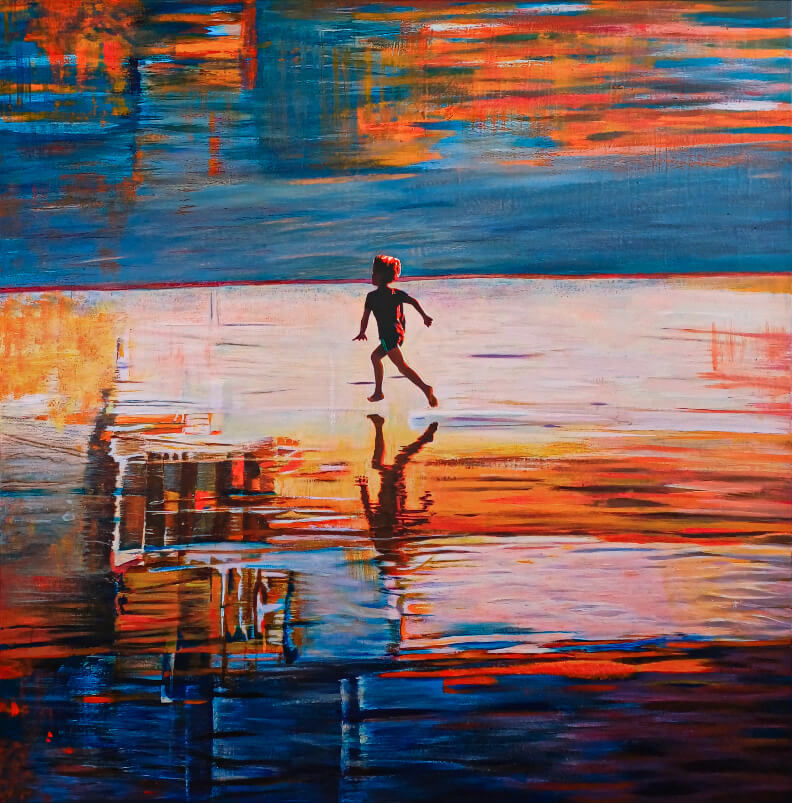The Impact of COVID-19 and the Resilience of the Art Industry
- dbwaterman
- Apr 2, 2024
- 3 min read
Updated: May 9
Lessons from Past Financial Crises
Previous financial crises, notably the Great Depression of 1930 and the Great Recession of 2008, function as solid indicators for the state-of-the-art industry as we slowly emerge from lockdown restrictions. Financial crises have a massive economic, social, and cultural impact, and the one likely instigated by COVID-19 Art Industry will be no different.
The Economic Impact of COVID-19 Art Industry on the Art Market
Spurred by the Lehman collapse, the turmoil of the global financial markets in 2008 did not materially affect art sales until 2009. While equity prices rebounded, art sales volume dropped, especially in high-end categories. Some art indexes, like the postwar and contemporary, dropped 33%, but the industry overall showed resilience. In contrast to the S&P 500’s five-year recovery, the Artnet Index for the Top 100 Artists rebounded in just three years.
Currently, collectors are selling art to gain liquidity, indicating that there are still buyers even in crisis. However, data is lacking on the lower end of the market, where art is seen more as a luxury than an investment. While wealthy investors may benefit from depressed prices, retail buyers tend to retreat, making mid- and lower-tier artists more vulnerable.
Disproportionate Effects on Different Art Segments
Art in lower-price categories is likely to suffer more from the financial downturn than highly priced works. Past crises show that even within the art world, impacts vary between genres and styles. Still, there's optimism that the art industry will recover more quickly than other sectors, as seen in past recoveries.
The Effects of Lockdown on Artists and the Industry
Lockdowns and social distancing hit artists and audiences hard. Yet, just like Modernism followed the Great Depression, a new art movement may arise. This moment of hardship may spark creative energy—through themes of isolation, political critique, or through escapist works offering hope and relief.
Meanwhile, the crisis accelerated digitalization in the art world. Online exhibitions and stronger social media presence became essential for artists. These virtual platforms, while lacking the tactile experience of physical galleries, democratize art by making it more accessible to broader audiences.
A Shift in Values and Industry Outlook
The charitable response by artists, such as DB Waterman’s donation of ‘$335 Dollar Dress’ to KazoArt, highlights a shift toward community and solidarity. While significant changes are inevitable, the long-term impacts of the pandemic—financially and creatively—remain to be seen. History gives us a lens, but the future of art post-COVID will be shaped by how artists and audiences adapt to this transformed reality.
Spurred by the Lehman collapse, the turmoil of the global financial markets in 2008 did not materially affect art sales until 2009. While equity prices rebounded, art sales volume dropped, especially in high-end categories. Some art indexes, like the postwar and contemporary, dropped 33%, but the industry overall showed resilience. In contrast to the S&P 500’s five-year recovery, the Artnet Index for the Top 100 Artists rebounded in just three years.
Currently, collectors are selling art to gain liquidity, indicating that there are still buyers even in crisis. However, data is lacking on the lower end of the market, where art is seen more as a luxury than an investment. While wealthy investors may benefit from depressed prices, retail buyers tend to retreat, making mid- and lower-tier artists more vulnerable.


















